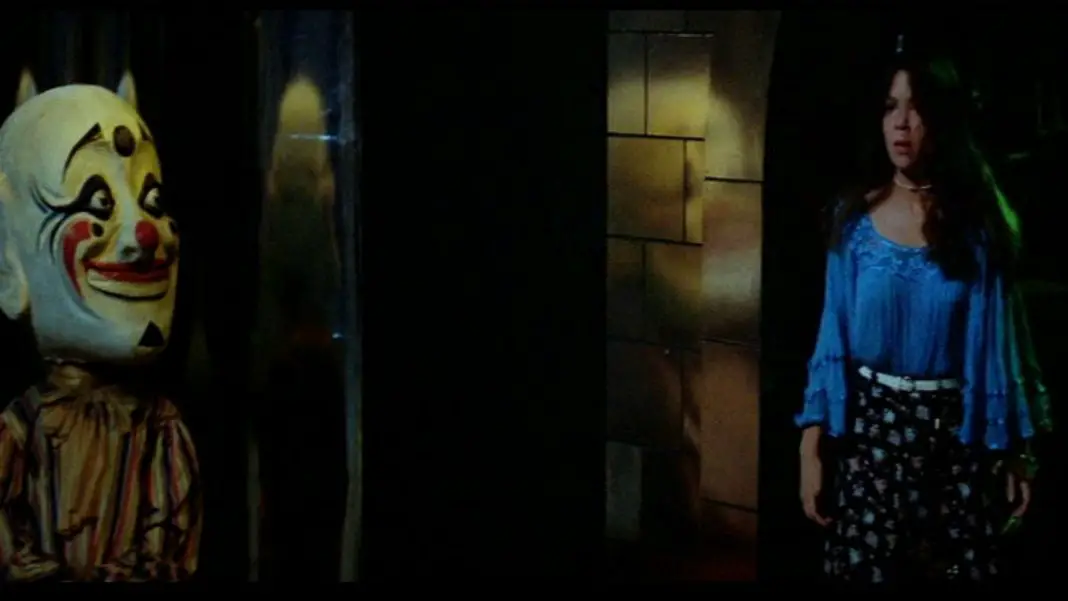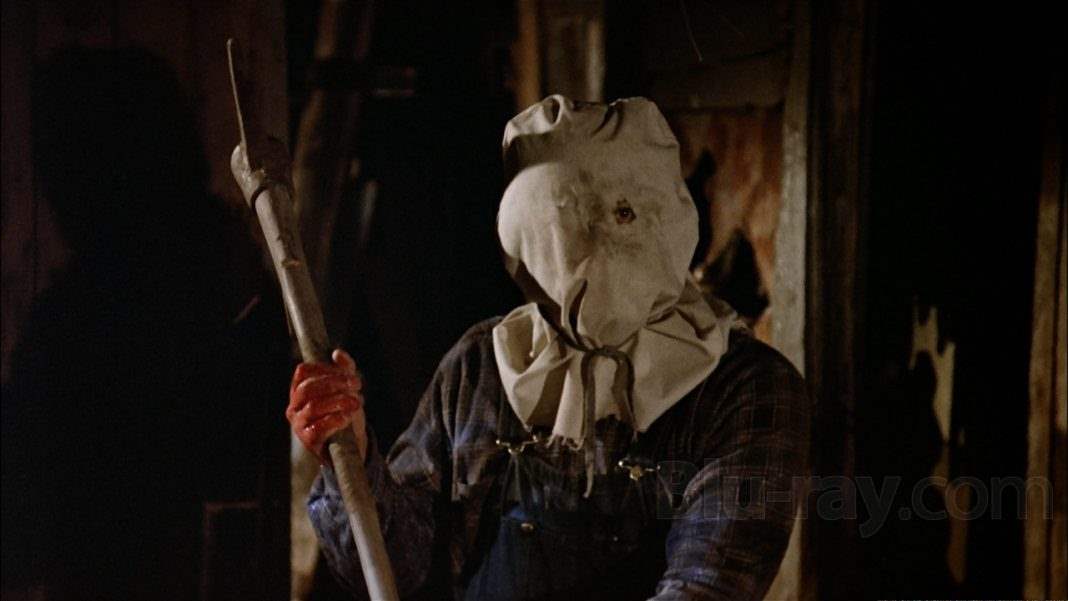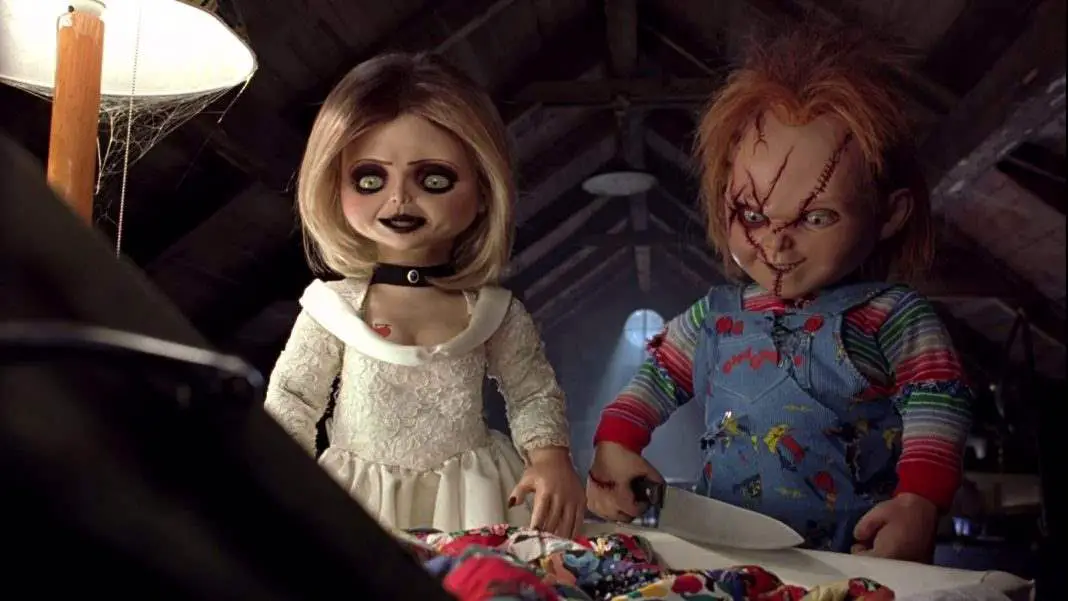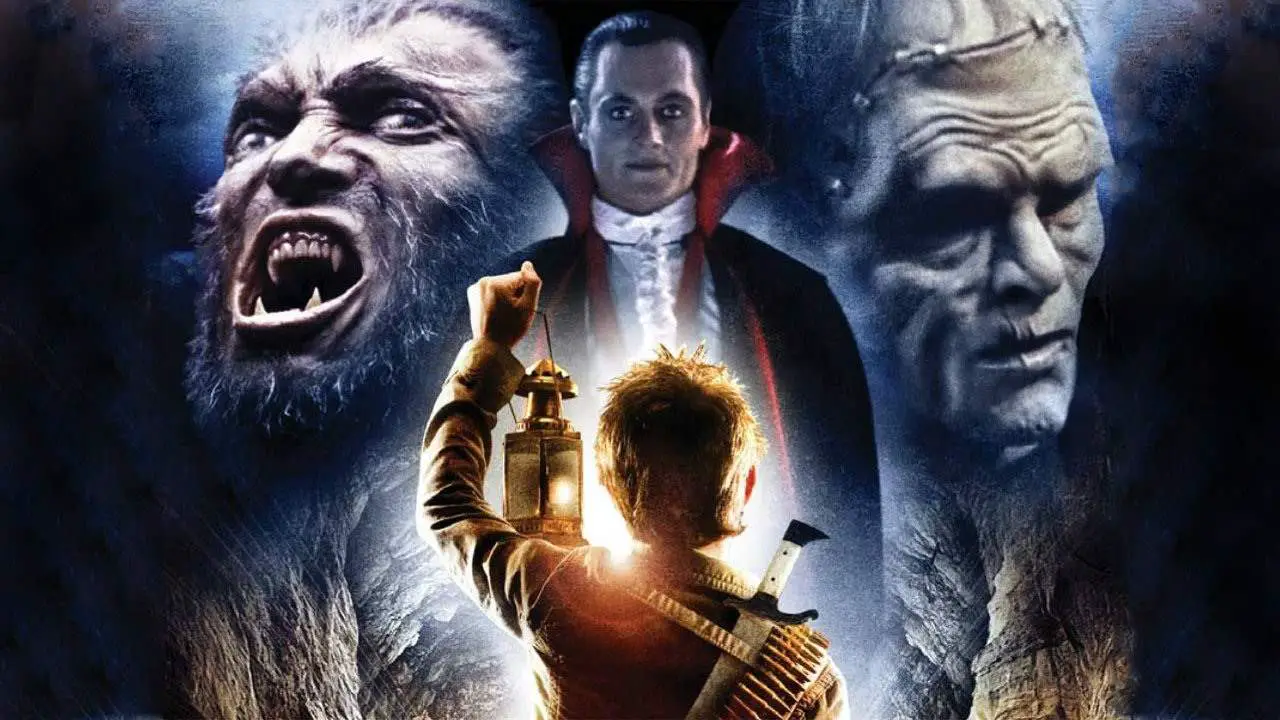Mary Shelley’s novel Frankenstein: or, the Modern Prometheus was first published in 1818, and even those who are not fans of the horror genre are familiar with the story of scientist Victor Frankenstein and the patchwork monster he created. Generally speaking, this knowledge stems not from familiarity with the novel, but rather one of the myriad film adaptations. Universal Studio’s Frankenstein from 1931 is arguably the most famous, but it was by no means the first. It had previously been adapted for the screen at least three times (to say nothing of the stage versions), and countless times since. With the abundance of takes on the Frankenstein myth, creators are forced to expand and alter the story in order to set their incarnation apart from the pack. Here are ten examples of unusual takes on the Frankenstein myth.
Frankenhooker (1990)
In Frank Henenlotter’s fourth film, we follow med school dropout Jeffery Franken (James Lorinz) who is overcome with grief after the death of his fiancée in a freak lawnmower accident. Deciding that fate is not best left in the hands of God, he sets about reassembling her in true mad scientist manner. A little of her here, a piece of a prostitute there, all stitched together like a patchwork princess. After he successfully reanimates her, though, she isn’t quite the same girl he intended to marry. Too many prostitute parts have caused her to possess loose morals, and her Johns have a tendency to explode on contact. Oops!
After being absent from the director’s chair for almost two decades, Roger Corman returned to the fold with this unusual take on the Frankenstein mythos, based on a novel by Brian Aldiss. It begins in the far flung future of 2031, where scientist Joe Buchanan (John Hurt) is attempting to develop the ultimate weapon, which inadvertently opens a rift in the time stream. He and his talking A.I. car are both transported back in time to Switzerland in the year 1817, where he meets up with author Mary Shelley, Victor Frankenstein, Percy, Lord Byron, and a fair share of other dandies. He learns that Shelley’s book is a bit more than fiction when he encounters the monster, who looks a bit silly to those of us who are most familiar with the film archetype, though it is much closer in appearance to Shelley’s description than anything Universal Studios ever put out. Admittedly, his stitched-together eyes look pretty damn cool, but I can’t imagine how they could be practical. Andy Warhol’s Frankenstein, AKA Flesh for Frankenstein (1973)
Andy Warhol’s Frankenstein, AKA Flesh for Frankenstein (1973)
Pop artist Warhol’s name might be on the marquee, but he was just one of the producers on this flick. It was written and directed by Paul Morrssey, and originally carried an X-rating because of the graphic sexuality and violence on display. Here, Frankenstein is looking to create the perfect Serbian race, and his pair of male and female creations are meant to be the beginning of his great army. When Mr. Monster doesn’t prove libidinous enough to procreate as quickly as the doctor would like, he switches out the head with that of a man seen leaving a brothel. Unfortunately, said man is on his way to becoming a monk and has taken a vow of celibacy. Can Frankenstein’s nurture overcome the man’s nature? Don’t worry, there is plenty of sex and violence to be had.

Dean Koontz’s Frankenstein series (2004-2010)
Over the course of five novels (and subsequent comic adaptation), Koontz crafted a weirdly intriguing sorta-sequel to Shelley’s original novel which takes place in modern day New Orleans, where Victor Frankenstein is still alive and thriving under the assumed name Victor Helios. His original creation, now calling himself Deucalion, wants to put a stop to his former master’s sick experiments once and for all and teams up with a pair of homicide detectives to accomplish his task. In the years since Shelley’s novel, Deucalion has hidden in carnival sideshows and Tibetan monasteries, where he found inner peace—and received some wicked face tattoos. As a result of the lightning strike that gave him life, he has also been imbued with a deep understanding of the universe, granting him the ability to effortlessly teleport from one location to another. The story is pure trashy pulp (but enjoyable because of it), and Deucalion is definitely a Zen-like take on the monster that has never been seen before. Creature Commandos (1980)
Creature Commandos (1980)
This bizarre group of World War II soldiers from DC Comics suitably debuted in the title Weird War Tales #93 (November 1980). Originally normal soldiers, they were scientifically modified to become archetypal monsters—werewolf, vampire, Frankenstein’s monster, and later a gorgon—and were led by a cruel human, which always begged the question of who the true monster really was. Elliot “Lucky” Taylor was the big green fellow, stitched together exactly as you would expect. Although he was unable to communicate outside of a series of guttural grunts and groans, he was self-aware enough to feel sorry for himself and pine silently—and painfully— for the gorgon Dr. Myrna Rhodes. It was not uncommon for a full panel to be dedicated to Lucky’s mopey face, a single tear rolling down his cheek. This guy was emo decades before there was such a thing. Frankenweenie (2012)
Frankenweenie (2012)
In this remake of his own 1984 short film, professional oddball Tim Burton gave us a beautiful, black-and-white stop motion animated movie and a loving homage to Shelley’s book. The young Victor Frankenstein is intelligent and creative, but far too withdrawn for his own good. His father convinces him to join baseball, but at his first game, Victor’s beloved dog Sparky chases after a flyaway ball and is struck and killed by a car (offering further proof that physical activity should be avoided at all costs). Turning to science, Victor reanimates Sparky’s corpse. All is well at first, but as per usual, science goes awry. Before long there are invisible fish, were-rats, and humanoid Sea-Monkeys to contend with.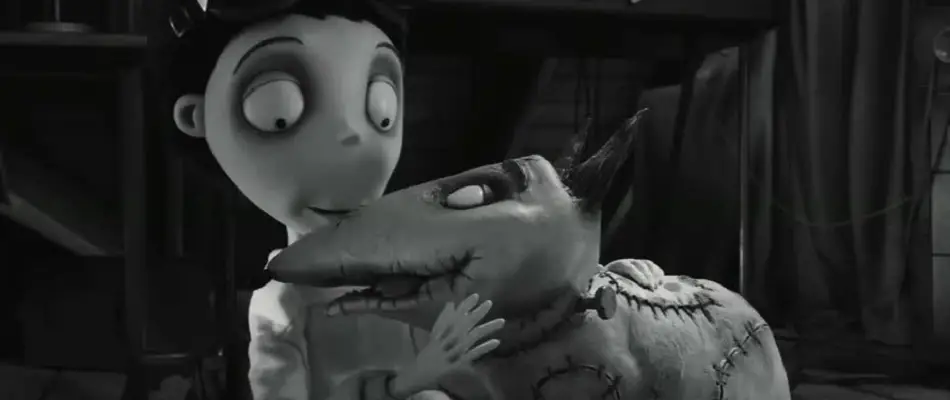 Monster Squad (1987)
Monster Squad (1987)
Fred Dekker’s Monster Squad was like a 1980s Monster Kid’s dream come true. Taking the adolescent magic of The Goonies and blending it expertly with the horror canon of Universal Studios, it wasn’t a major success upon its initial release but has developed a strong group of followers who look back upon it fondly. Sure, there was Dracula, the Wolfman, the Mummy, and the Gill-Man, but the real star of the show was the kindhearted and sympathetic Frankenstein’s monster, played perfectly by Tom Noonan. This portrayal of the monster showed kids that not only were some monsters nice, but they could very well be your best friend (hence the popularity of My Pet Monster, introduced the year before).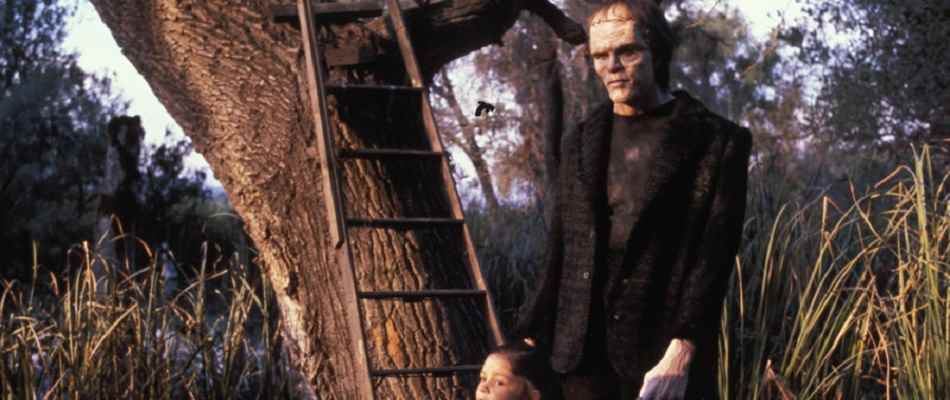 Young Frankenstein (1974)
Young Frankenstein (1974)
Mel Brooks’ comedy homage to the Frankenstein mythos has the genius of Gene Wilder in full effect, portraying a descendent of Victor Frankenstein who travels to Transylvania after inheriting his family’s estate. Although he has always distanced himself from his family’s past, he becomes increasingly intrigued with his grandfather’s experiments and eventually decides to pick up where the old man left off. The creature is resurrected with the brain of one “Abby Normal”, which doesn’t bode well for his mental state. Besides his impeccable comedic timing, how does this creature differ from the others? Four Words: Puttin’ on the Ritz. Plus, he apparently has an enormous schwanstuker. He shouldn’t have any trouble finding a bride.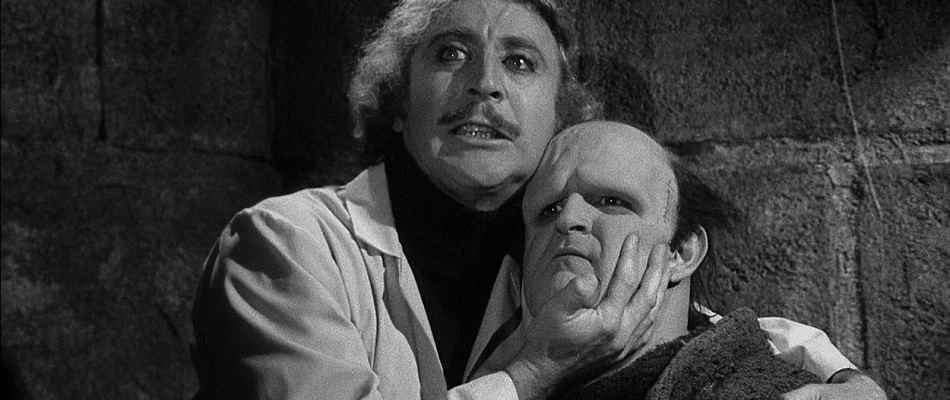 Fred Saberhagen’s The Frankenstein Papers (1986)
Fred Saberhagen’s The Frankenstein Papers (1986)
Saberhagen’s novel acts as both a sequel and an alternate version of Shelley’s work. It picks up shortly after the end of the original tale, however in this reality, both Frankenstein and his monster have survived. The bulk of the novel is narrated by the monster himself, as he records his experiences into a journal in an attempt to uncover the truth of his creation, identity, and nature, but there are also appearances by genuine historical figures, such as Ben Franklin and Franz Mesmer. Not the soulless monster that we have become accustomed to seeing, he is pacifistic and philosophical in his quest. But it is in the finale where things take a weird turn, when the monster is revealed to be—spoiler alert—an extraterrestrial suffering from amnesia. Wait…what!? Frankenberry
Frankenberry
He’s manly, but he’s not afraid to wear pink. He’s delicious, and he only comes around once a year. He hangs out with a brown vampire and a blue ghost, so you know he’s progressive. Who cares what his backstory is, decades of experience have taught us that you simply can’t beat Frankenberry on a Saturday morning.


